| 1. |
This is the flag of the largest Spanish speaking country (in terms of area) in the world, but what is the country's name? 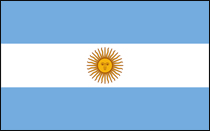
|
||||||||
|
| 2. |
This flag represents which North American country whose name comes from the native Mayan word for 'many trees'? 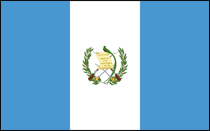
|
||||||||
|
| 3. |
This is the flag of which South American country, whose capital city is Asuncion? 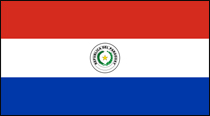
|
||||||||
|
| 4. |
Montevideo is the capital city of the country represented by this flag, but which country is it? 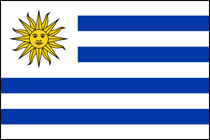
|
||||||||
|
| 5. |
This is the flag of which overseas region of France? It is a part of the European Union, despite being in the Caribbean Sea. 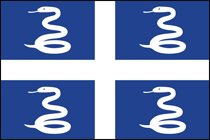
|
||||||||
|
| 6. |
This flag belongs to a constituent country in the Kingdom of the Netherlands, but what is its name? It is an island nation and its capital city is Willemstad. 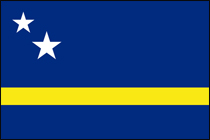
|
||||||||
|
| 7. |
This is the flag of which country and Caribbean island? Its name is derived from the Latin word for 'Sunday' because it was discovered on that day of the week. 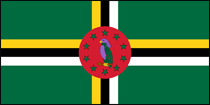
|
||||||||
|
| 8. |
This is (quite obviously!) the flag of Saint Martin, a French overseas collectivity. It occupies the northern part of an island in the Caribbean, but which country occupies the southern part of the same island? 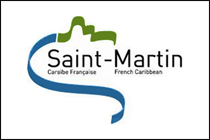
|
||||||||
|
| 9. |
This is the flag of another French overseas collectivity. It is located off the coast of Newfoundland, Canada, but what is its name? 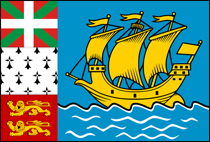
|
||||||||
|
| 10. |
This is the flag of Mexico, but which empire ruled the land before it was conquered by the Spanish in 1521? 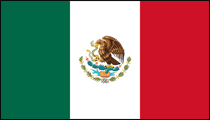
|
||||||||
|

The name 'Argentina' comes from the Latin for 'silver', and the country is thought to have been so named because of the legend telling of an abundance of the precious metal to be found in South America